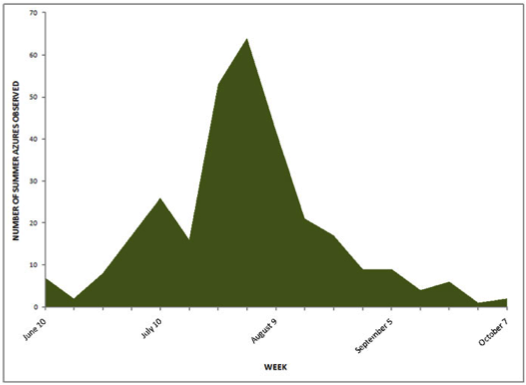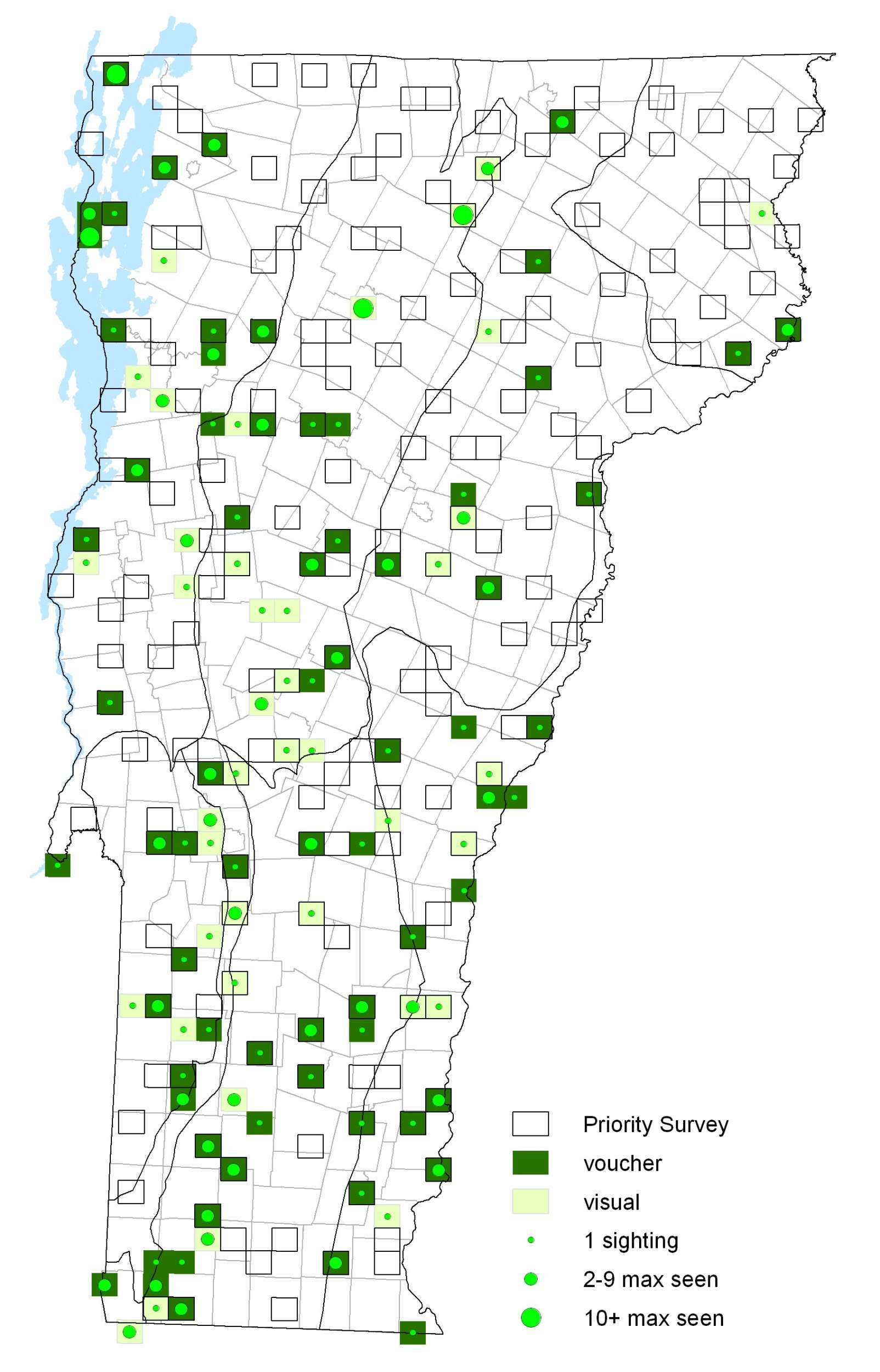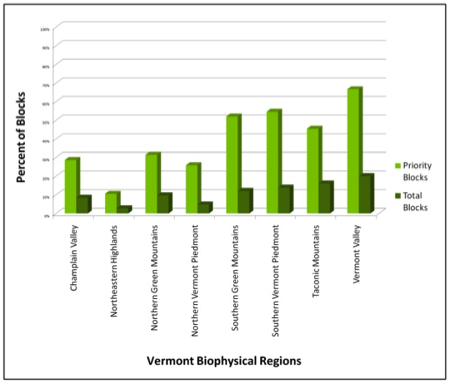|
Resident Conservation Status North American Range |
Formerly regarded as a second brood of C. ladon, Summer Azure, or C. neglecta type-2, emerges in mid-July and is phenotypically distinct. The earlier C. neglecta type-1, (“early summer entity”), emerges earlier than type-2 and is phenotypically very different from type-1, showing more in common with a late C. lucia than with the true C. neglecta (H. Pavulaan pers. com.). The entire complex is highly cold tolerant. Caterpillars feed on hostplant flowers. Pupae overwinter. Males patrol for females who are high fliers.
Identification
Upperside of male powdery blue often with ill-defined white patch on hindwing. Female with much white scaling on both forewings and hindwings. Underside of hindwing pale gray or white with small black dots and submarginal dark zigzag line.
Flight
Begins flying in earnest as other Azures wane. Extreme dates: 8 June 2004 in Pawlet (R. Stewart) 8 September 2006 in Stamford (T. Armata), and a sight record on 7 October 2006 in Wallingford (T. Armata).
Distribution and Habitat
Recorded across the state during VBS, but less common in the northeast region.
Less confined to woodlands than other azures. Preferred habitats include streamsides, powerline right-of-ways, gardens, forest edges, and other partially open areas. Hostplant choice depends on location and timing of the particular brood. Known hosts are New Jersey Tea (Ceanothus americanus), dogwoods (Cornus), and Meadowsweet (Spiraea alba). Adults nectar from a wide variety of plants. VBS observers reported vetch (Vicia), Yarrow (Achillea millefolium), Meadowsweet, Rough-fruited Cinquefoil (Potentilla recta), Queen Anne’s Lace (Daucus carota), Wild Oregano (Origanum vulgare), Narrow-leaved Mountain-mint (Pycnanthemum tenuifolium), Joe-pye Weed (Eupatorium purpureum) and goldenrods (Oligoneuron). Adult males are known to puddle at mud and excrement.







